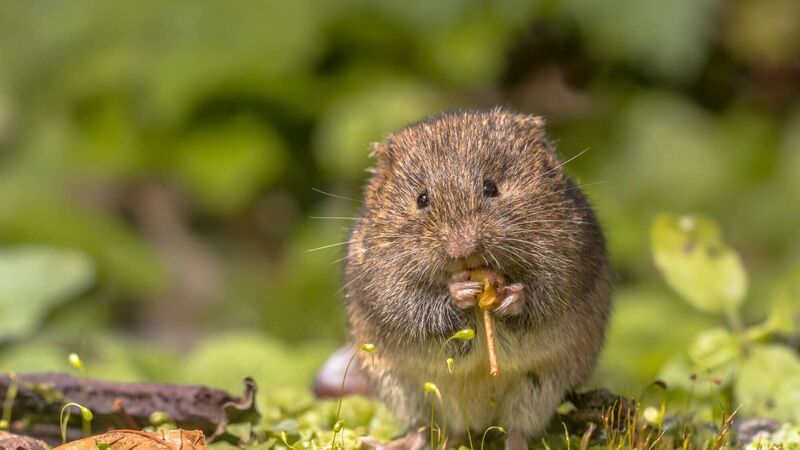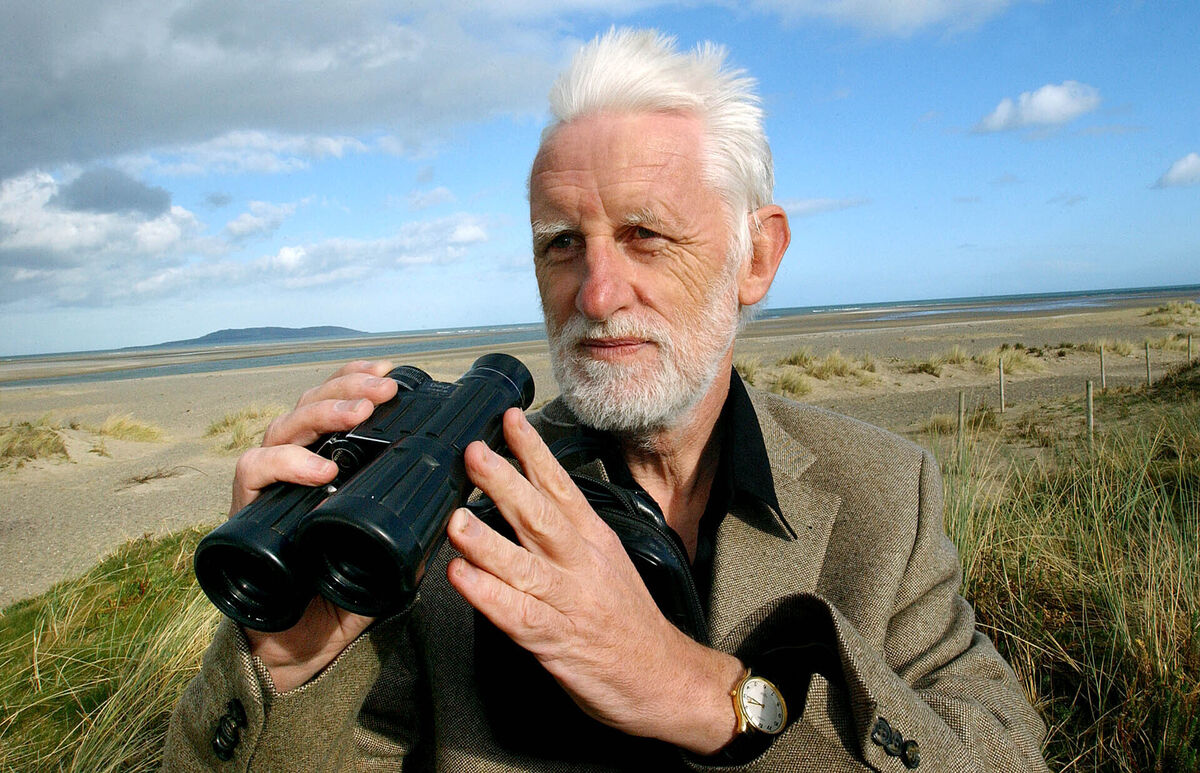Richard Collins: How voles make an unlikely contribution to science

They have provided insights into one of the enduring mysteries of Arctic rodents; the cyclical boom-and-bust swings in the numbers of these little mammals.

- Dominique Fauteux et al. Climate variability and density-dependent population dynamics. Lessons from a simple high arctic ecosystem. Proceedings of the National Academy of Sciences. 2021.









